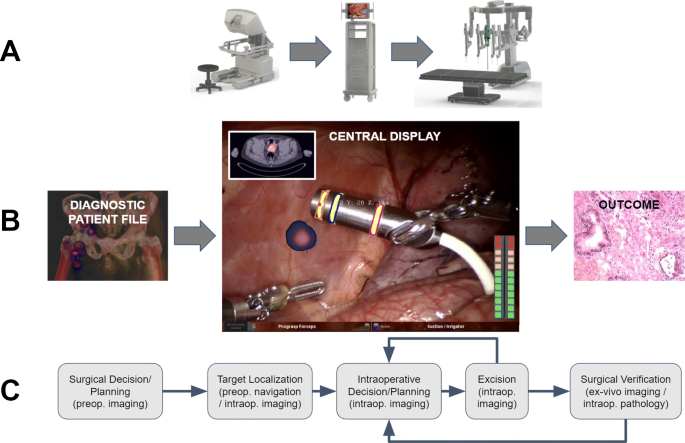
Revolutionizing Medical Diagnostics: The Role of Advanced Imaging Technologies
In the ever-evolving landscape of medical diagnostics, technological advancements continue to play a pivotal role in enhancing precision, accuracy, and overall patient outcomes. Among the cutting-edge innovations in this domain, advanced imaging technologies stand out as a beacon of progress. From early detection of diseases to personalized treatment plans, the impact of these technologies is profound. This article explores the transformative journey of medical diagnostics, emphasizing the role of advanced imaging technologies in revolutionizing the healthcare sector.
Unveiling the Evolution of Medical Imaging
The journey of medical imaging dates back to the discovery of X-rays by Wilhelm Roentgen in 1895. This groundbreaking revelation paved the way for a new era in healthcare, allowing physicians to visualize the internal structures of the human body. Over the years, various imaging modalities such as CT scans, MRI, ultrasound, and nuclear medicine have emerged, each contributing to a more comprehensive understanding of the human anatomy and pathology.
Precision Medicine and Imaging Integration
As medical science progresses, there is a growing emphasis on precision medicine – an approach that takes into account individual variability in genes, environment, and lifestyle for each person. Advanced imaging technologies play a crucial role in this paradigm by providing detailed insights into the molecular and cellular levels. By integrating imaging data with genomic information, clinicians can tailor treatment plans to the specific characteristics of a patient, leading to more effective and targeted interventions.
Artificial Intelligence (AI) in Imaging
The integration of artificial intelligence has further amplified the capabilities of medical imaging. AI algorithms can analyze vast amounts of imaging data in real-time, aiding in the detection of subtle abnormalities and patterns that may go unnoticed by human eyes. This not only expedites the diagnostic process but also enhances the accuracy of results. AI-driven diagnostic tools have proven particularly valuable in fields like radiology, where quick and precise interpretations of medical images are paramount.
Robo Imaging: A Leap into the Future
Amidst the technological revolution in medical imaging, a noteworthy player has emerged – Robo Imaging. This innovative technology combines robotics and advanced imaging to create a dynamic and efficient diagnostic process. With the ability to perform intricate tasks with precision, robots equipped with imaging sensors can navigate through the human body, capturing detailed images and transmitting real-time data to healthcare professionals.
Enhancing Accessibility and Affordability
One of the significant advantages of advanced imaging technologies, including Robo Imaging, is the potential to enhance accessibility and affordability of medical diagnostics. Traditional imaging methods often come with high costs and may require specialized facilities. In contrast, the integration of robotics and AI can streamline the diagnostic process, reducing the need for extensive manual intervention and making diagnostic services more accessible to a broader population.
Challenges and Ethical Considerations
While the promise of advanced imaging technologies is vast, it comes with its set of challenges and ethical considerations. Privacy concerns, data security, and the potential misuse of AI-driven diagnostic tools are some of the issues that need careful attention. Striking a balance between innovation and ethical considerations is crucial to ensure that these technologies are harnessed responsibly for the benefit of patients and society.
Looking Ahead: Future Trends in Advanced Imaging
As we stand at the crossroads of technological innovation and healthcare, the future of advanced imaging holds immense promise. Continued advancements in AI, robotics, and imaging modalities are likely to reshape the landscape of medical diagnostics. From early disease detection to personalized treatment strategies, the evolving synergy between technology and medicine is set to usher in a new era of healthcare.
In conclusion, the journey of medical diagnostics has witnessed remarkable strides, with advanced imaging technologies leading the way. From the early days of X-rays to the integration of AI and robotics, these innovations have transformed the landscape of healthcare. As we navigate the complexities of precision medicine and grapple with ethical considerations, the role of advanced imaging technologies remains central to shaping the future of medical diagnostics.
To explore more about the latest developments in medical imaging, including Robo Imaging, visit Robo Imaging.


